A Hebridean Jewel and the Legacy of Clan MacLeod
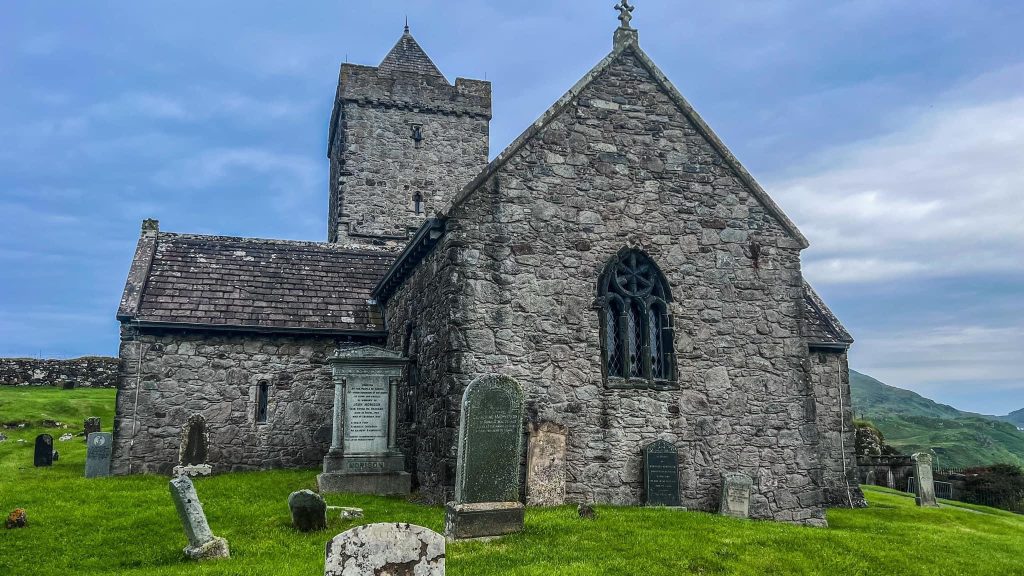
At the southern tip of the Isle of Harris, where the rugged hills meet the restless waters of the Sound of Harris, lies Rodel—a village steeped in history and crowned by one of Scotland’s most remarkable medieval buildings: St. Clement’s Church. This quiet hamlet, once the capital of Harris, is more than a scenic stop on the famed Golden Road; it is a place where stone and story intertwine, where the ambitions of clan chiefs and the artistry of medieval masons still speak across five centuries.
Rodel: The Historic Heart of Harris
Before Tarbert rose to prominence, Rodel was the beating heart of Harris—a bustling port and administrative center. Its strategic position made it a hub for trade and travel across the Hebrides. Today, Rodel is a tranquil village, but its layered past is visible in its architecture and landmarks. The most commanding of these is St. Clement’s Church, standing sentinel above Loch Rodel, its tower a landmark for sailors and pilgrims alike.
The village also boasts Rodel House, built in 1781 by Captain Alexander MacLeod after he purchased Harris in 1779. This Georgian mansion, overlooking the harbor, reflects the later chapter of MacLeod influence—a time of estate management and fishing ventures. Though Rodel’s role as a capital faded, its cultural significance endured, anchored by the church that dominates its skyline.
St. Clement’s Church: The Grandest Medieval Building in the Western Isles
Described as “the grandest medieval building in the Western Isles,” St. Clement’s Church is a masterpiece of Hebridean ecclesiastical architecture. Built around 1520–1528, its cruciform plan and imposing west tower reveal Irish influences, while its construction from local Lewisian gneiss roots it firmly in Harris’s geology. Dedicated to Pope Clement I, the church is known in Gaelic as Tùr Chliamhainn—Clement’s Tower.
Unlike many churches that fell victim to iconoclasm during the Protestant Reformation, St. Clement’s survived largely intact, though it ceased regular worship after 1560. Its endurance owes much to its role as a clan mausoleum, a sacred space where power, piety, and artistry converged.
Clan MacLeod and Their Hebridean Stronghold
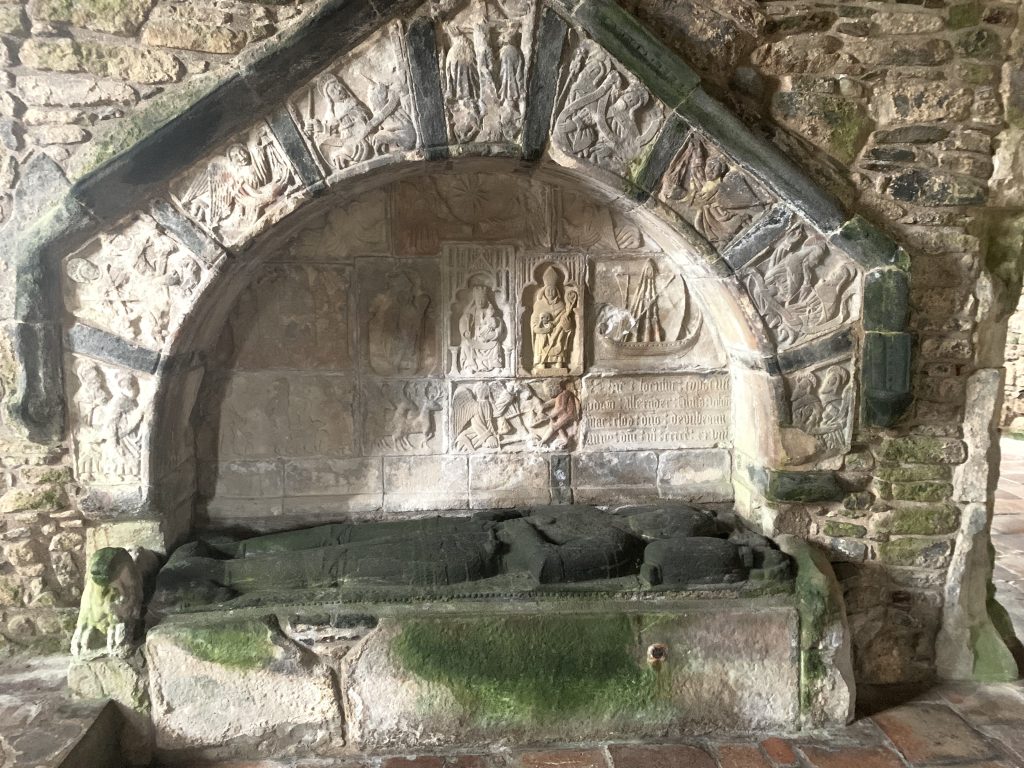
The story of St. Clement’s is inseparable from Clan MacLeod of Harris and Dunvegan, one of Scotland’s most storied Highland clans. For centuries, the MacLeods ruled a maritime lordship stretching from Skye to Harris, their secular seat at Dunvegan Castle and their spiritual heart here at Rodel.
The church was founded by Alasdair “Crotach” MacLeod, the 8th Chief of Clan MacLeod—a warrior, statesman, and patron of the arts. His sobriquet, “Crotach” (Gaelic for “humpbacked”), recalls a wound sustained in the ferocious Battle of Bloody Bay around 1480. Despite his injury, Alasdair was a formidable leader who consolidated MacLeod power and expressed his status through monumental building projects—none more enduring than St. Clement’s.
The Tomb of Alasdair Crotach: Sculpture as Status
Inside the church, the south wall of the choir holds what is widely regarded as the finest medieval wall tomb in Scotland—the resting place of Alasdair Crotach. Commissioned in 1528, nearly two decades before his death in 1547, the tomb is a riot of symbolism and craftsmanship. Beneath an ornate arch carved with biblical scenes lies the effigy of Alasdair in full plate armor, flanked by crouching lions—a visual assertion of martial prowess and lordly authority.
The carvings are extraordinary: angels blowing trumpets, saints and apostles, the Virgin Mary, and vivid secular motifs—a hunting scene, a castle (likely Dunvegan), and a birlinn, the sleek Highland galley that carried MacLeod power across the seas. This fusion of sacred and worldly imagery reflects the dual identity of the Gaelic lord: warrior and patron, ruler and devotee.
Other MacLeod Tombs: A Chronicle in Stone
St. Clement’s holds more than one story in stone. The 9th Chief, William MacLeod, lies in a tomb in the nave, dated to 1552. A third effigy, believed to be John MacLeod of Minginish, the 10th Chief, once graced the south transept and now rests in the nave. Additional grave slabs lean against the walls, and the surrounding kirkyard shelters further MacLeod burials. Together, these monuments form a sculpted genealogy—a testament to continuity and clan pride.
Decline and Restoration
The Reformation brought decline. By the late 16th century, St. Clement’s had fallen out of regular use, though its sanctity as a burial ground persisted. In 1784, Captain Alexander MacLeod of Berneray reroofed the church, only for fire to undo his efforts. A second restoration followed in 1787, and further repairs were undertaken in 1873 by the Countess of Dunmore, whose plaque still adorns the nave. Today, the church is cared for by Historic Environment Scotland, its weathered stones bearing witness to cycles of neglect and renewal.
Artistry and Architecture
Architecturally, St. Clement’s is remarkable for its cruciform layout and prominent tower—features rare in the Western Highlands. Sculpted panels on the tower depict a bishop (likely St. Clement), fishermen in a boat (perhaps St. Peter and St. Andrew), and even a provocative female figure—a “sheela-na-gig”—hinting at the cultural currents linking the Hebrides and Ireland. Inside, the absence of pews and stained glass lends a stark beauty, while the flagstone floor, polished by centuries of footsteps, speaks of enduring pilgrimage.
Rodel Today: A Pilgrimage for the Imagination
Modern visitors to Rodel come seeking more than scenery. They come to stand where chiefs once knelt, to trace the chisel marks of artisans long gone, to feel the weight of history in a hush broken only by wind and seabirds. The Golden Road, curling along Harris’s rocky coast, delivers travelers to this outpost of memory—a place where the medieval and the modern meet.
Nearby, Rodel House offers another layer of narrative, its Georgian elegance contrasting with the rugged spirituality of the church. The harbor bustles with fishing boats and yachts, echoing the maritime lifeblood that sustained the MacLeods. For walkers, photographers, and seekers of heritage, Rodel is a destination that rewards lingering.
Why St. Clement’s and Rodel Matter
St. Clement’s Church is not merely an architectural gem; it is a cultural keystone. It embodies the Gaelic lordship system, where power was projected through stone as well as sword. It preserves the artistry of a world often caricatured as barbarous, revealing instead a society of sophistication and symbolism. And it anchors the story of Clan MacLeod—a clan whose saga spans battles and ballads, castles and cairns, exile and endurance.
To visit Rodel is to step into that saga. It is to walk a moor where chiefs dreamed of eternity, to touch carvings that once proclaimed dominion, and to glimpse, in the interplay of shadow and stone, the grandeur and fragility of a vanished order.
Travel Tips
- Getting There: Rodel lies about 3 miles from Leverburgh at the end of the Golden Road. The drive is scenic but narrow—take your time.
- Access: St. Clement’s Church is open year-round; admission is free. Parking is available nearby.
- Combine Your Visit: Explore Harris’s beaches, the Harris Tweed shops, and the Seallam! Visitor Centre for deeper cultural context.
- Best Season: Spring and summer offer long daylight hours, but the moor’s stark beauty is compelling in any weather.
In Rodel, history is not a relic—it is a presence. It lingers in the salt wind, in the carved effigies, in the quiet dignity of a church that has outlasted empires. And in that presence, the story of Clan MacLeod lives on.
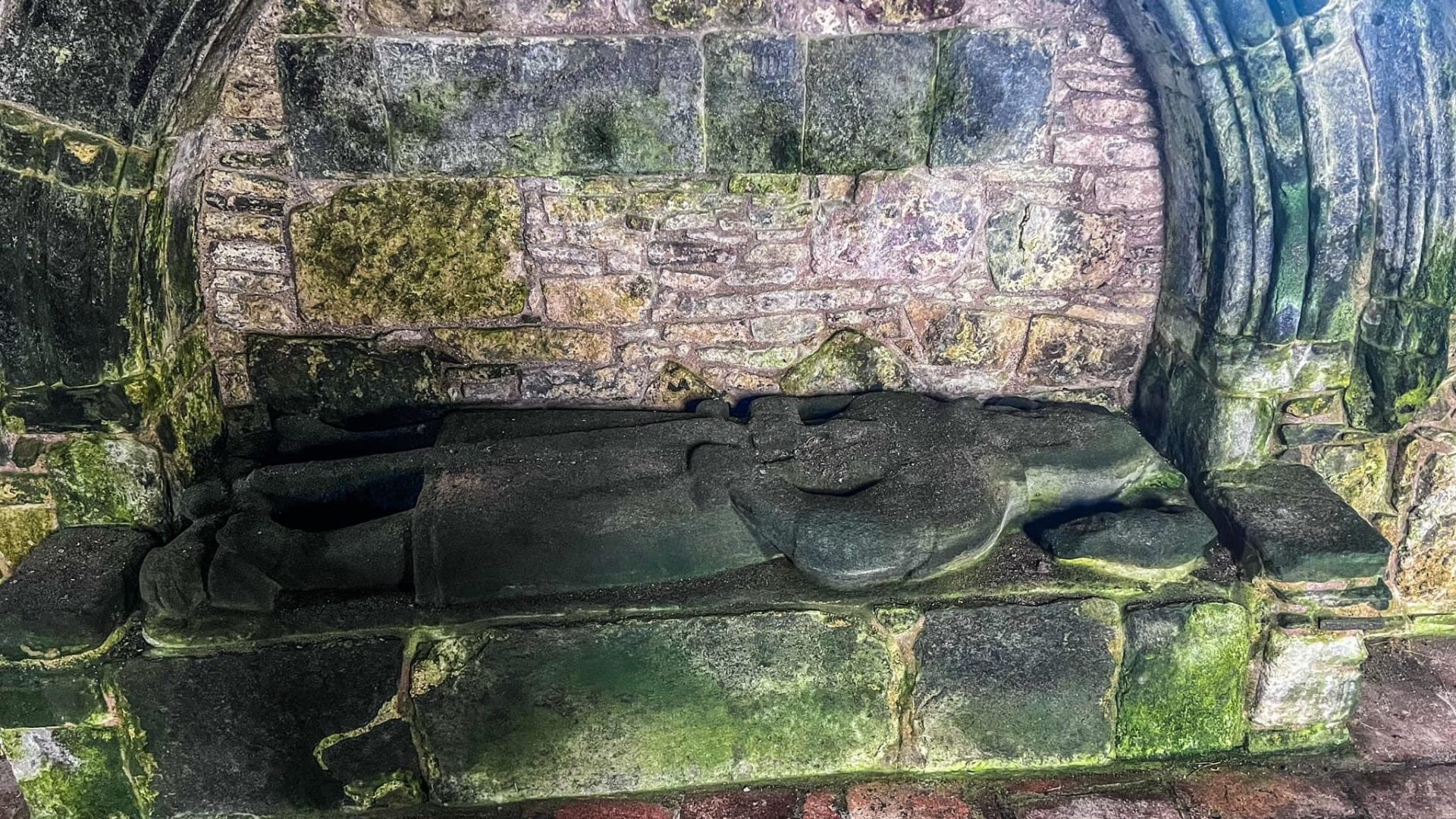
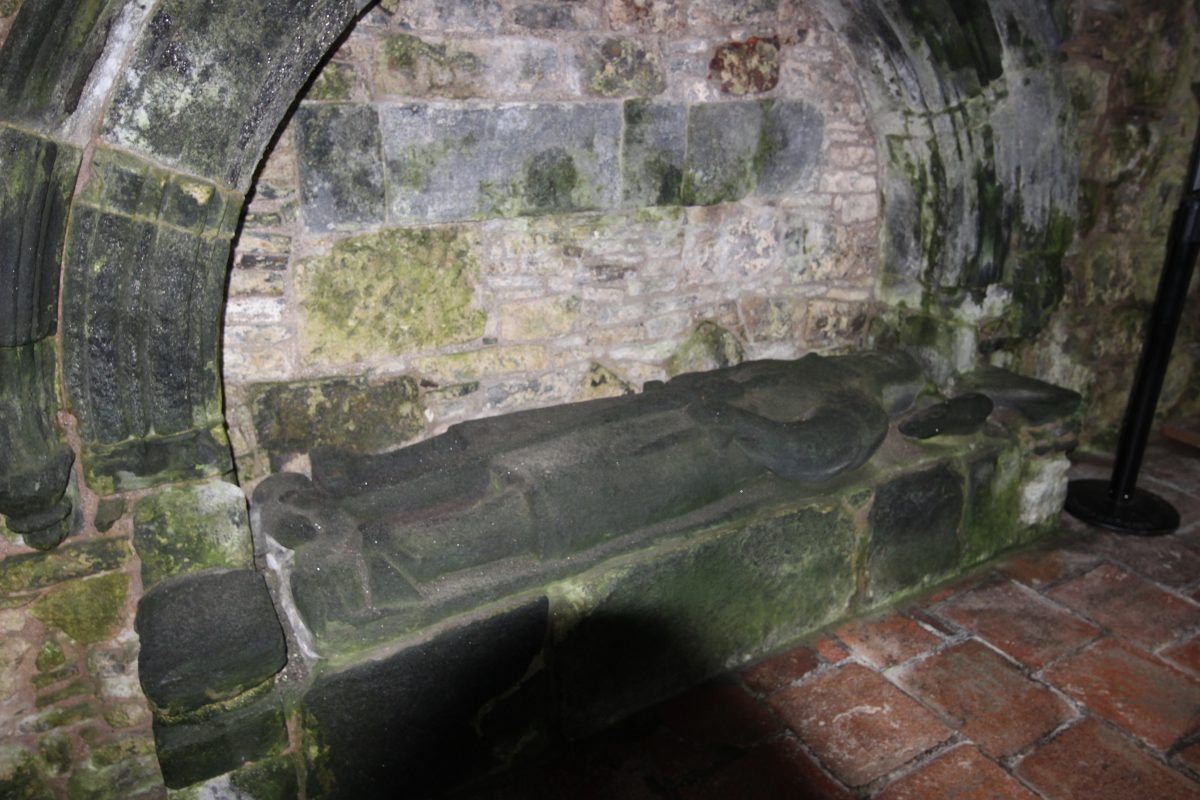

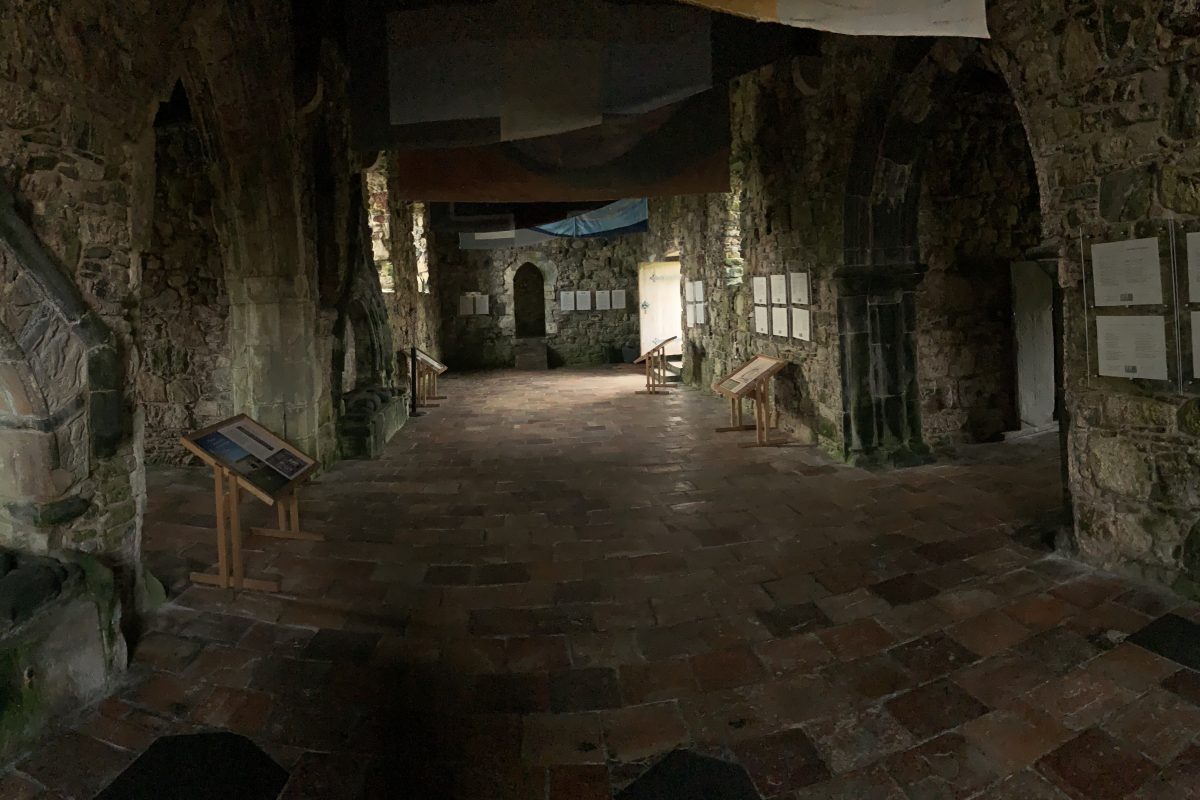


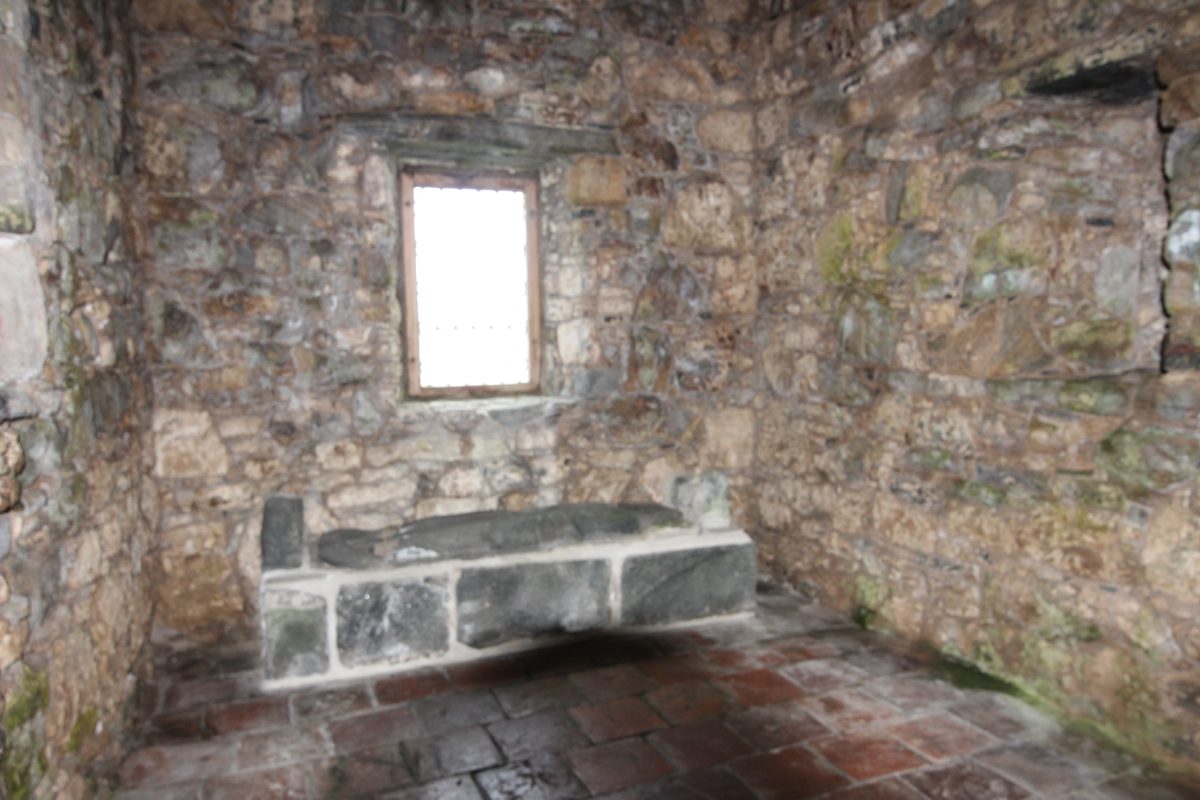
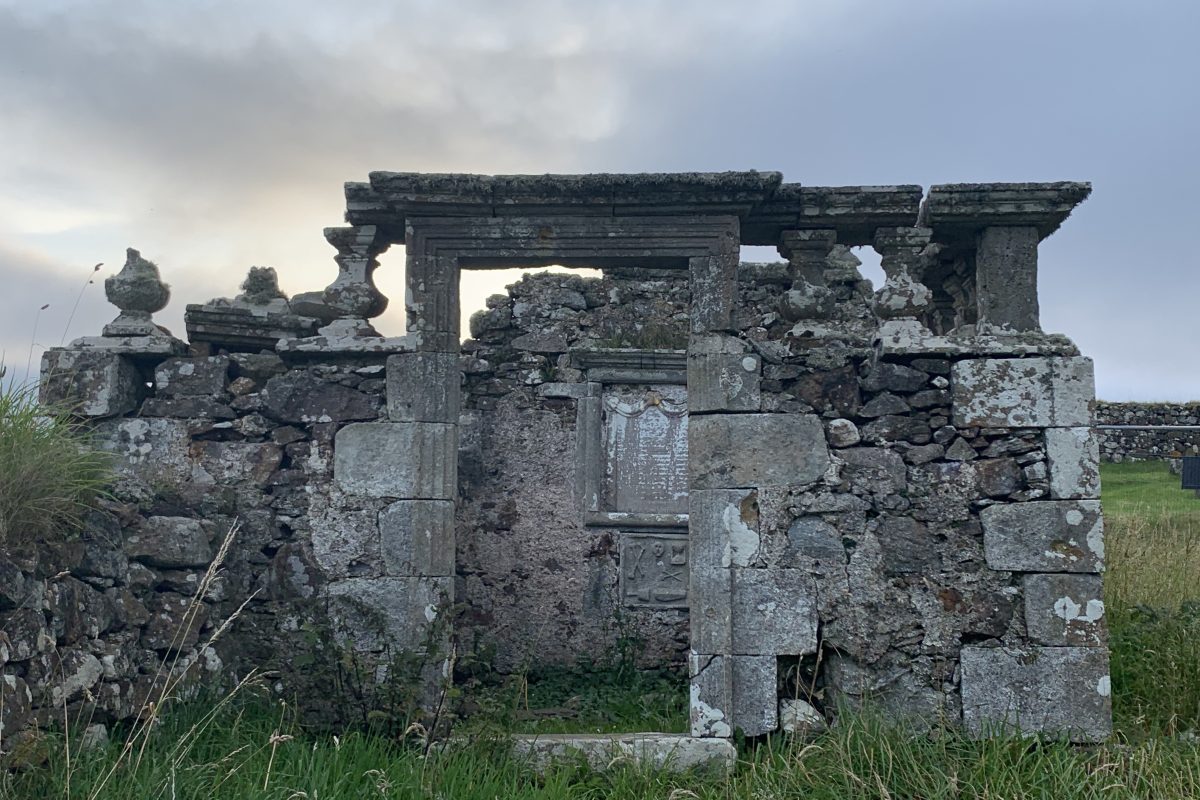
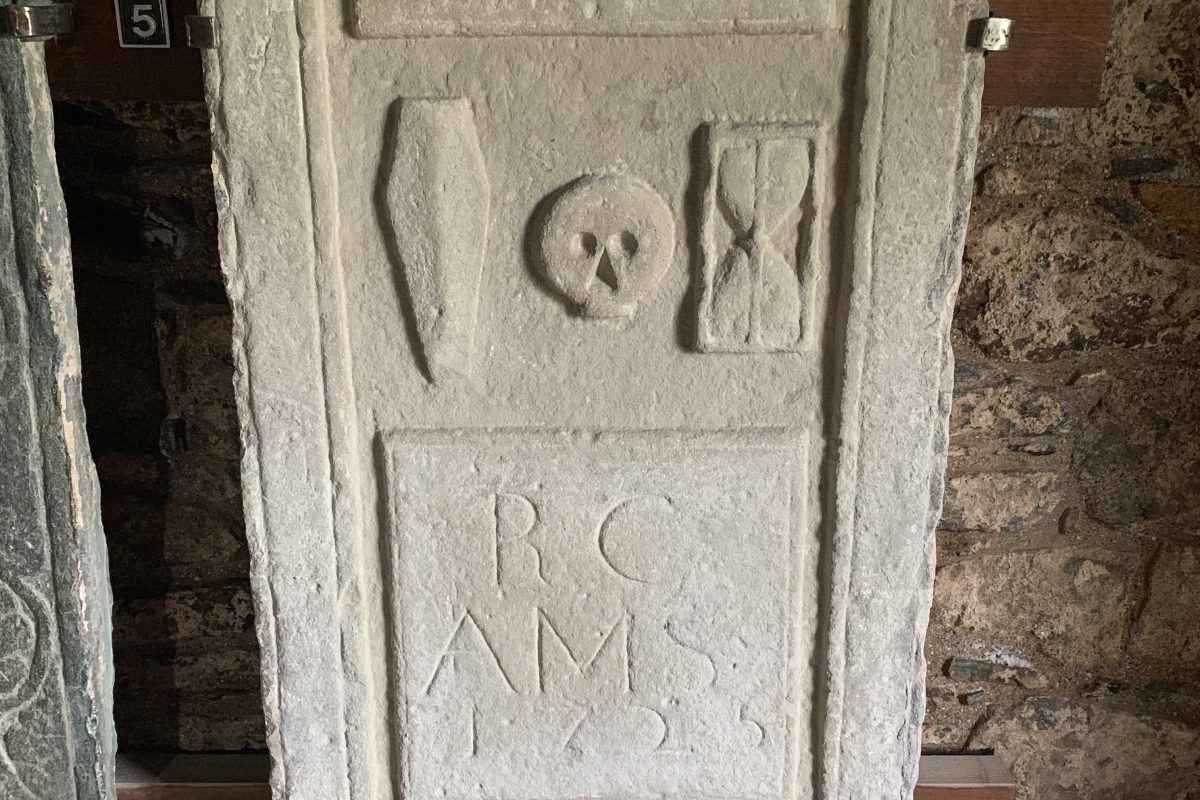
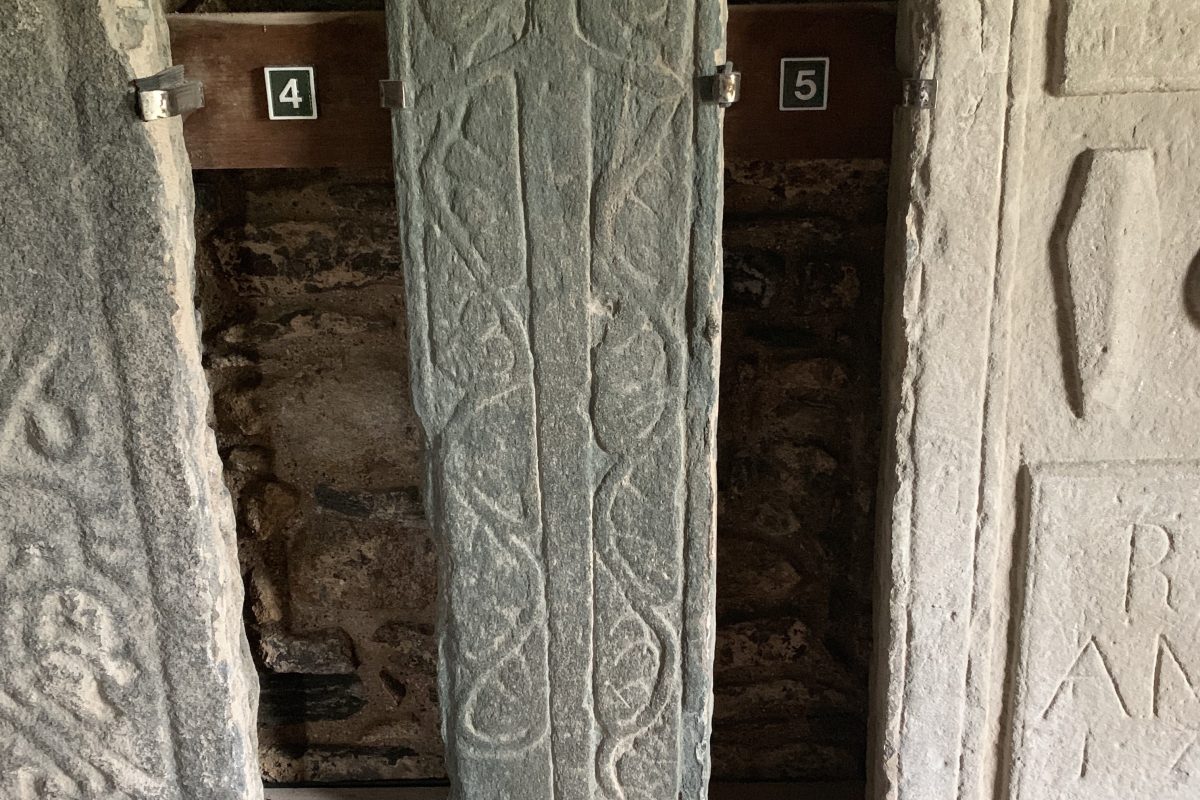

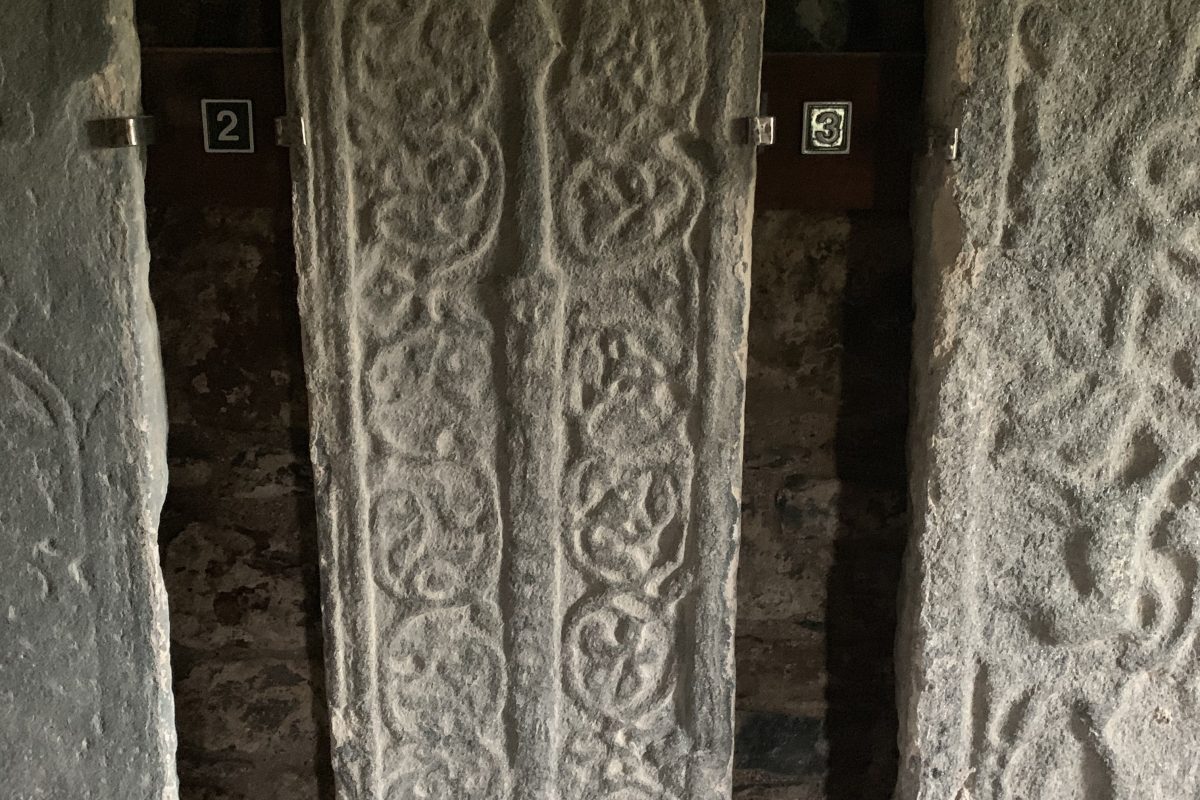
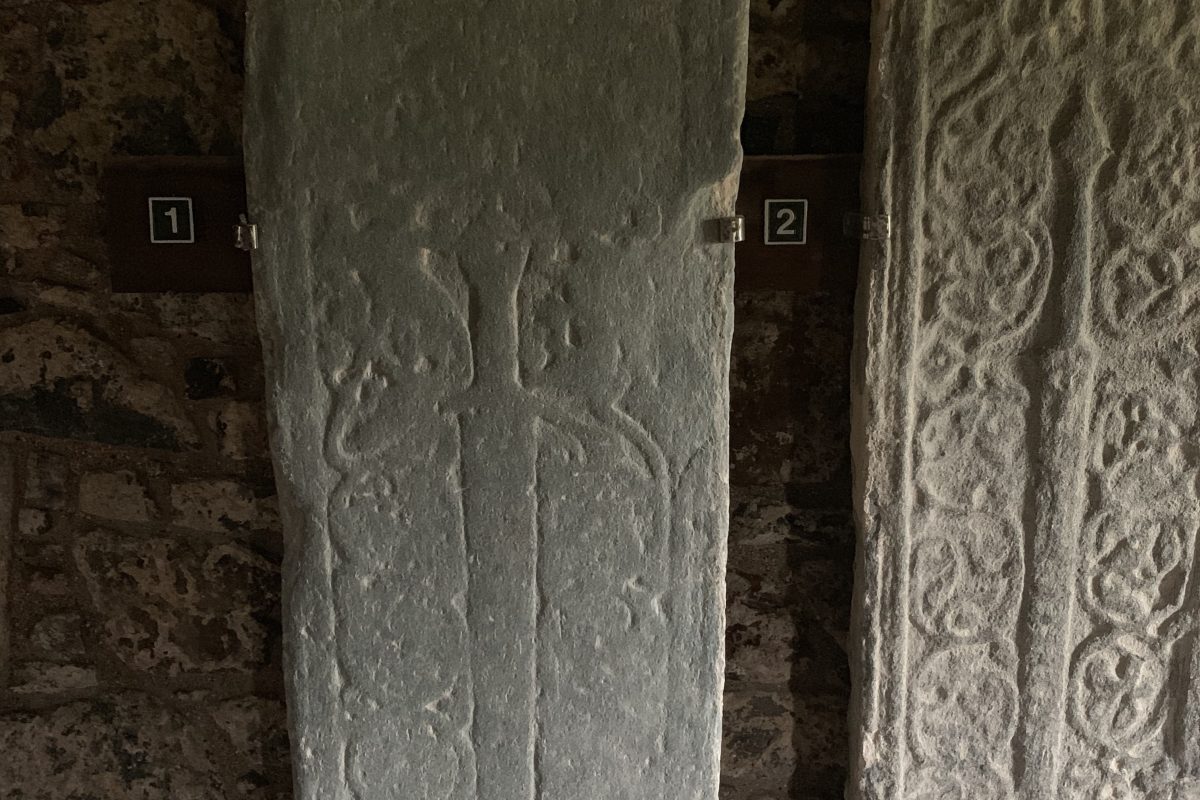

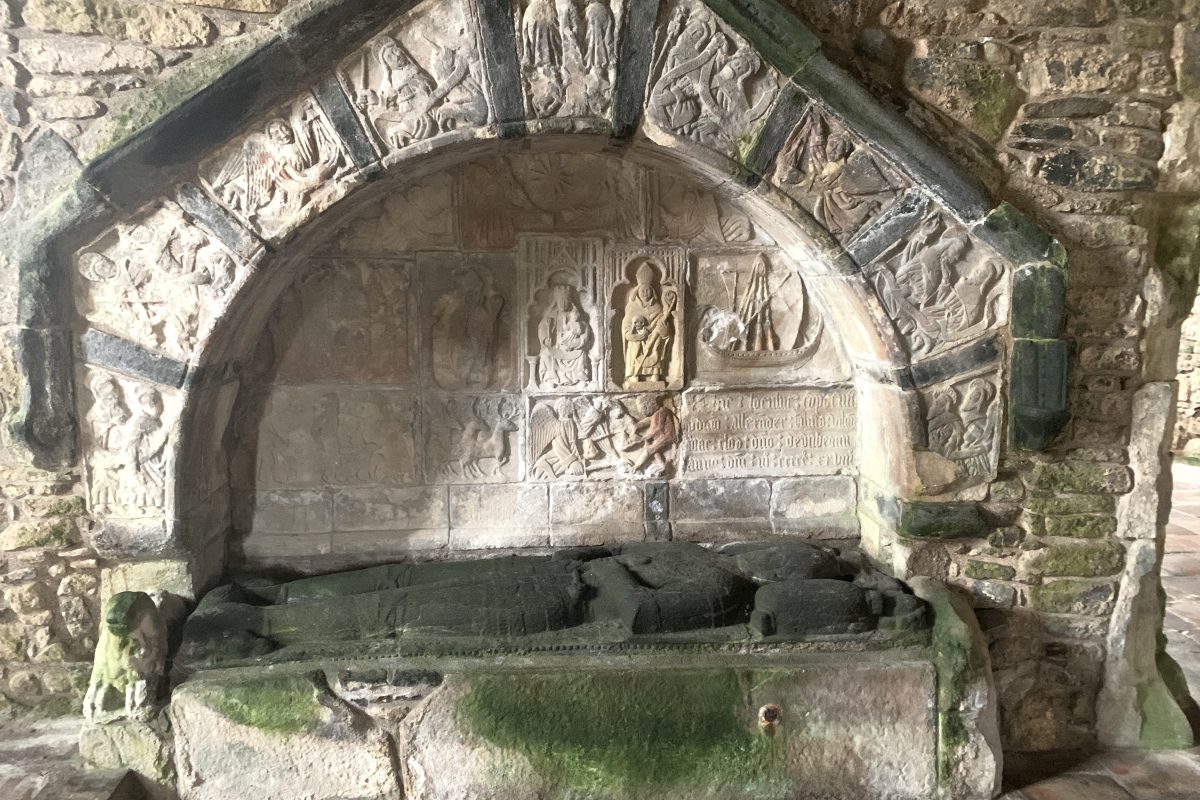
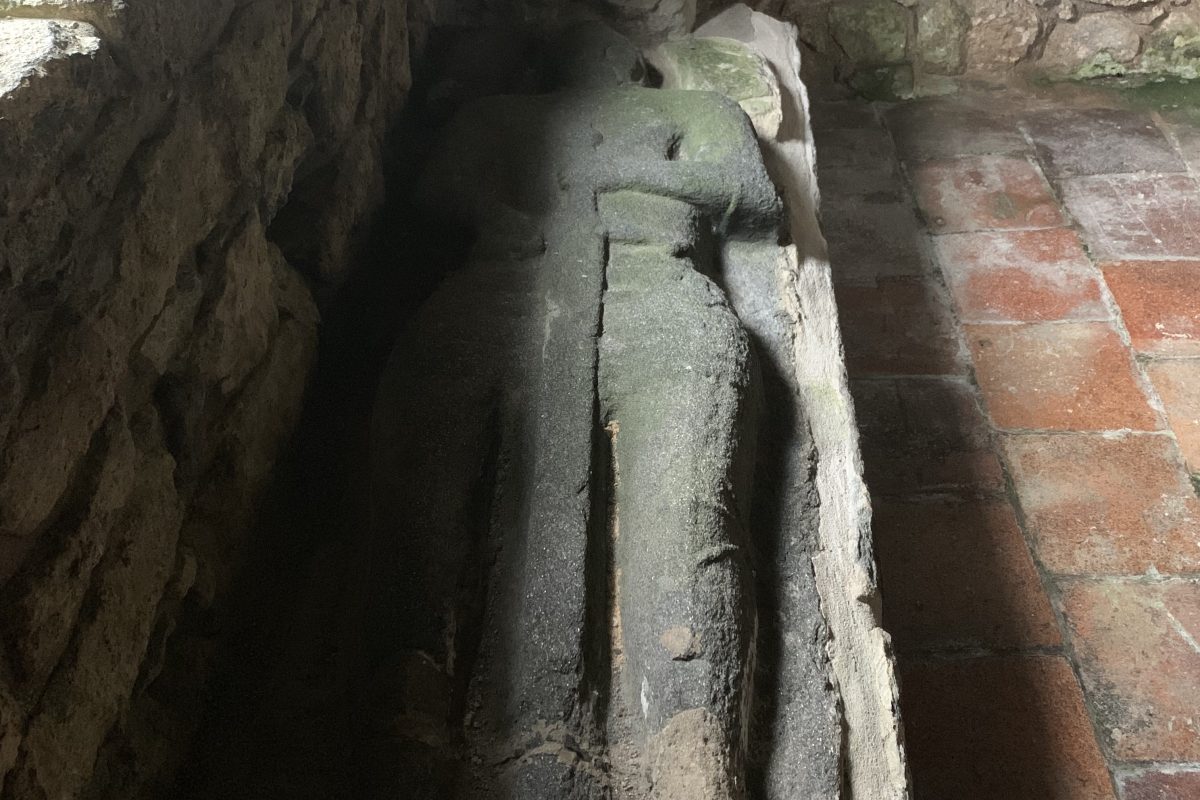

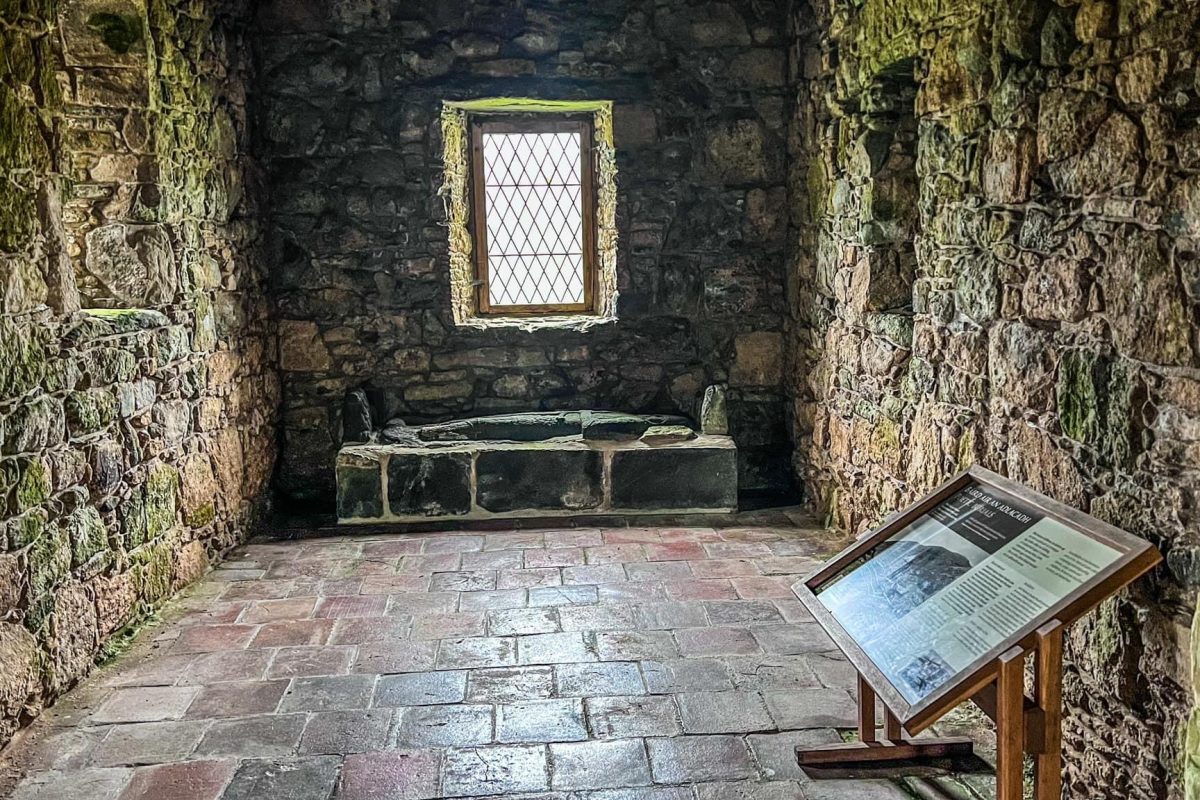



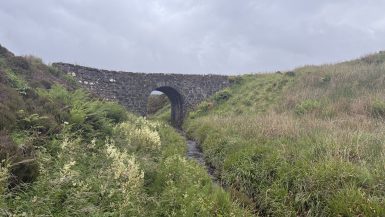
Leave a reply
You must be logged in to post a comment.